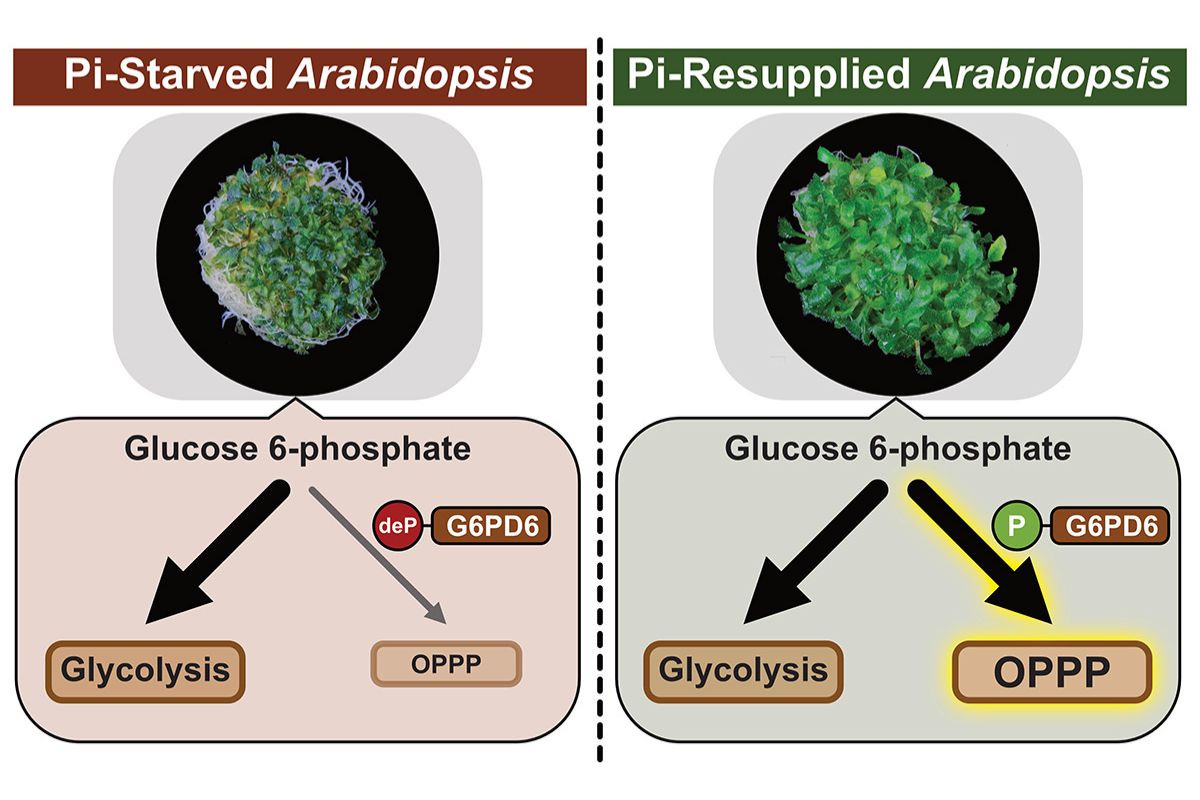
Isozymes, also known as isoenzymes, are fascinating proteins that perform the same function but differ in structure. These variations allow organisms to fine-tune their metabolic processes. Ever wondered why some enzymes work better in different tissues or under varying conditions? Isozymes are the answer. They provide versatility and adaptability, crucial for survival in changing environments. For instance, lactate dehydrogenase has multiple isozymes tailored for different tissues like the heart and muscles. This adaptability is not just a quirk of nature; it’s a finely tuned system that enhances efficiency. Dive into these 40 intriguing facts about isozymes to understand their role in biology better.
What are Isozymes?
Isozymes, or isoenzymes, are different forms of an enzyme that catalyze the same reaction but differ in structure. They play crucial roles in various biological processes. Here are some fascinating facts about isozymes:
-
Isozymes are encoded by different genes. Despite performing the same function, they arise from distinct genetic sequences.
-
They exhibit different kinetic properties. Isozymes can have varying rates of reaction, which allows fine-tuning of metabolic pathways.
-
Tissue-specific expression. Some isozymes are expressed only in certain tissues, enabling specialized functions.
-
Developmental regulation. Isozyme expression can change during different stages of development, adapting to the organism's needs.
-
Isozymes can be used as biomarkers. Certain isozymes are indicators of specific diseases, aiding in diagnosis.
-
They can be separated by electrophoresis. This technique helps in studying the different forms of isozymes.
-
Isozymes can be affected by mutations. Genetic mutations can alter isozyme function, leading to metabolic disorders.
-
They play roles in adaptation. Isozymes help organisms adapt to varying environmental conditions.
-
Isozymes can be regulated by different factors. Factors like pH, temperature, and inhibitors can differentially affect isozymes.
-
They are involved in metabolic redundancy. Isozymes provide backup systems for essential metabolic functions.
Historical Discovery of Isozymes
The concept of isozymes has evolved over time, with significant milestones marking their discovery and understanding.
-
First discovered in the 1950s. Isozymes were initially identified through electrophoretic techniques.
-
Lactate dehydrogenase (LDH) was one of the first studied. LDH isozymes were among the earliest to be characterized.
-
Isozyme research expanded in the 1960s. Advances in biochemistry led to the identification of more isozymes.
-
Allozymes vs. Isozymes. Allozymes are enzyme variants from different alleles, while isozymes come from different genes.
-
Michaelis-Menten kinetics. Early studies on isozymes helped refine enzyme kinetics models.
-
Electrophoresis revolutionized isozyme study. This technique allowed for the separation and analysis of isozymes.
-
Isozyme patterns in evolution. Comparative studies of isozymes provided insights into evolutionary relationships.
-
Isozymes in plant biology. Research on plant isozymes revealed their roles in growth and stress responses.
-
Clinical applications emerged. Isozymes became important in medical diagnostics and treatment.
-
Genetic engineering of isozymes. Advances in genetic manipulation allowed for the study of isozyme functions in detail.
Functions and Importance of Isozymes
Isozymes are not just biochemical curiosities; they have significant roles in physiology and medicine.
-
Isozymes in glycolysis. Different isozymes of glycolytic enzymes help regulate energy production.
-
Role in detoxification. Isozymes of cytochrome P450 are crucial for metabolizing toxins.
-
Isozymes in signal transduction. They participate in pathways that transmit cellular signals.
-
Adaptation to hypoxia. Certain isozymes help cells survive low oxygen conditions.
-
Isozymes in muscle function. Different forms of creatine kinase are vital for muscle energy metabolism.
-
Isozymes in the liver. Liver-specific isozymes are essential for detoxification and metabolism.
-
Role in photosynthesis. Plant isozymes are involved in the Calvin cycle and other photosynthetic processes.
-
Isozymes in disease. Abnormal isozyme levels can indicate diseases like cancer or heart disease.
-
Therapeutic targets. Isozymes are potential targets for drug development.
-
Isozymes in genetic disorders. Mutations in isozyme genes can lead to inherited metabolic diseases.
Isozymes in Research and Medicine
The study of isozymes has led to numerous applications in research and clinical practice.
-
Diagnostic tools. Isozymes are used in blood tests to diagnose conditions like myocardial infarction.
-
Biomarkers for cancer. Certain isozymes are elevated in specific cancers, aiding in detection.
-
Pharmacogenomics. Isozyme variations can affect drug metabolism, influencing treatment efficacy.
-
Gene therapy. Understanding isozyme genetics helps in developing gene therapies for metabolic disorders.
-
Enzyme replacement therapy. Isozymes are used in treatments for enzyme deficiency diseases.
-
Agricultural applications. Isozyme analysis helps in plant breeding and crop improvement.
-
Environmental monitoring. Isozymes can indicate environmental stress in organisms.
-
Evolutionary biology. Isozyme patterns provide insights into evolutionary processes.
-
Biotechnological innovations. Isozymes are used in industrial processes, like biofuel production.
-
Personalized medicine. Isozyme profiling can lead to tailored medical treatments based on individual genetic makeup.
The Final Word on Isozymes
Isozymes, or isoenzymes, are fascinating. They’re different forms of an enzyme that perform the same function but vary in structure. These variations allow organisms to adapt to different environments and conditions. For example, lactate dehydrogenase has multiple isozymes that function in different tissues, helping muscles and the heart work efficiently. Understanding isozymes can lead to breakthroughs in medicine and biotechnology. They’re used in diagnostics to identify diseases and in research to develop new treatments. Isozymes also play a role in evolution, showing how species adapt over time. By studying them, scientists can learn more about genetic diversity and adaptation. So, next time you hear about enzymes, remember the incredible world of isozymes working behind the scenes. They’re tiny but mighty, making life as we know it possible.
Was this page helpful?
Our commitment to delivering trustworthy and engaging content is at the heart of what we do. Each fact on our site is contributed by real users like you, bringing a wealth of diverse insights and information. To ensure the highest standards of accuracy and reliability, our dedicated editors meticulously review each submission. This process guarantees that the facts we share are not only fascinating but also credible. Trust in our commitment to quality and authenticity as you explore and learn with us.
